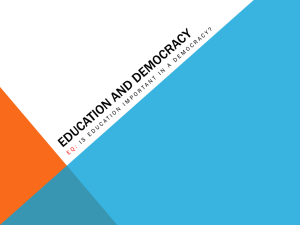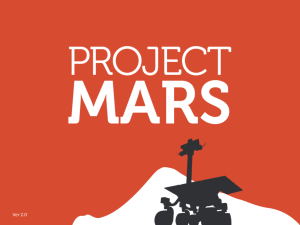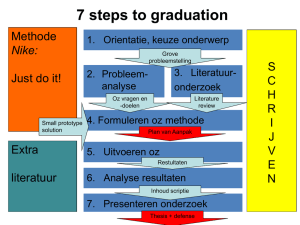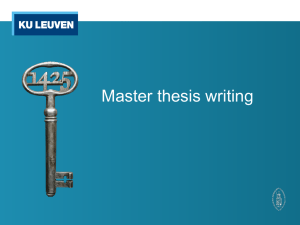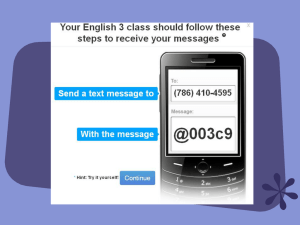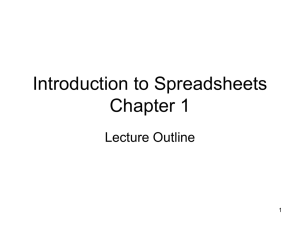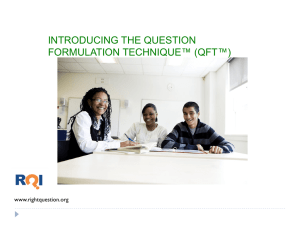PowerPoint Presentation - Independent Study Project
advertisement
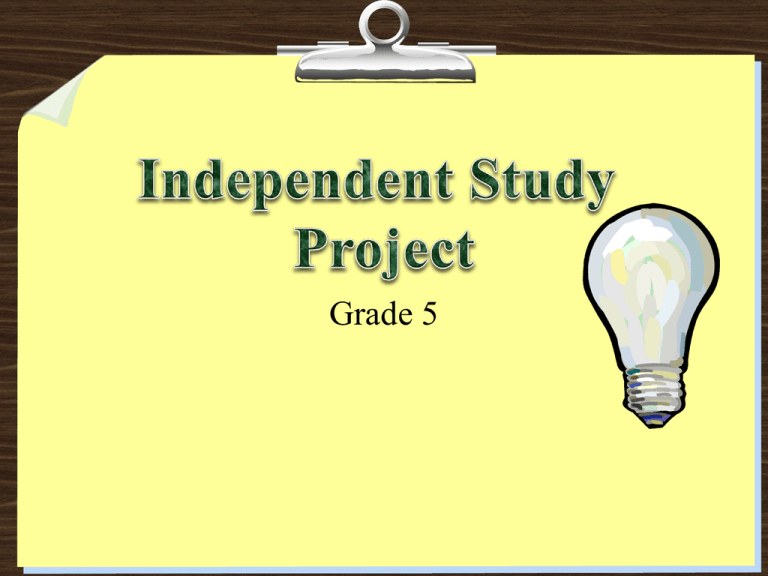
Grade 5 The Independent Investigation Method These steps will help you find success as you jump into your ISP. (Independent Study Project) ✐ ✐ ✐ ✐ ✐ ✐ ✐ Step 1- Topic Step 2- Goal Setting Step 3- Research Step 4- Organizing Step 5-Goal Evaluation Step 6- Product Step 7- Presentation Select the Step , then click to advance to the section you are working on. Step 1 • • • • Here we go! Topic choice! Think of an idea that really excites you, something that you would love to learn more about or become an expert in. Your topic should be of personal interest to you. Maybe it is a hobby or talent of yours. Think Big at first and then we can narrow down your topic. Formulate questions that will guide your research. Keep in mind that you can use your prior knowledge and experiences as building blocks for your research. Use the worksheet below to start the process of defining what topic will be the just right fit for your project. You will need to print a copy. Presearch worksheet Concept Map • Draw a Concept Map- a picture plan to organize your ideas, thoughts, and questions about your topic • Group what you know (prior knowledge) and what you want to know (questions) into categories to create the concept map Make your own map or print the worksheet below to draft your concept map. Concept Map return to menu Step 2 • Using your concept map, develop questions around the areas of your topic that are of greatest interest to you. These will become your research questions that will guide you in fact finding. These questions should be broad and rich with understanding. They are open ended questions. Click here for a sample of an open-ended question. • Using your broad research questions, craft several information seeking questions that will focus you on finding specific information relevant to your research. These questions will be beneficial in providing you with details to support your topic. These are closed-ended questions. Click here for a sample of a closed-ended question.. Your final step will be to: • Develop a position statement from your research questions. This will be your thesis statement. Click here for a sample of a thesis statement. return to menu Open-ended questions can begin with words such as: what, why, how, or describe. Open-ended questions engage the researcher in thinking and continuing to seek out information. Open-ended questions have the following characteristics: They ask the researcher to think and reflect. They will give you opinions and feelings.. Closed-Ended Questions: This is where you will ask detail oriented questions. They will be the questions that hone in on the facts which support your broad questions. The first word you use will set up a closed question. Note how these words help craft closed–ended questions, do, would, will, if and are. Closed ended questions have the following characteristics: They give you facts. They are easy to answer. They are quick to answer. Try a few and we can review them next time we conference. Click on the box to the left and you can print a worksheet to write your open and closed questions. Your thesis statement will be the main idea of your research. This statement explains the purpose of your research and can argue or support your opinion. A thesis statement is usually one sentence. This statement will introduce your research and state your opinion to your audience. A good statement is concise and specific. It should not be a title or statement of absolute fact. Try writing a thesis statement from the research questions you have crafted. Subject + Attitude =Thesis Step 3 • Using primary and secondary sources, your research goal is to gather 50 facts. Click here if you would like to find out more about what a primary and secondary source is. • These resources will PROVE the answers to your research questions. • Pose a question: interview, survey, letter email, telephone, other: • Read a book, pamphlet magazine, newspaper, catalog, brochure, field guide, specialized dictionary, CD, other: • Observe: movie, video, TV, photograph, speaker, workshop, case & field study, files, diagram, illustration, art work, nature, building, weather, other: • Visit: museum, business, government agency, meeting, laboratory, historical site, sporting event, church, hospital, flea market, other: • Examine: artifacts, collections, poster, ad, document chart, map, record/statistics, experiment, microscope, cook taste, Internet, other: • Using the PROVE guide above, gather a minimum of 4 different resources to help you gather your facts. Bring them to class and we will learn how to extract information for your notefacts cards. Notefact Format a) b) c) d) e) f) Record short, true information that will help you answer your Focus Questions. Be sure to summarize findings from all research activities on notefact cards: Paraphrase information by writing facts in your own words. Be careful not to plagiarize. Keep notefacts short, but complete enough to make sense. Put direct quotes in quotation marks. Write the resource and page number beside each fact or on the top of your index card. If you summarize information from a new page write the new page number next to the fact. Highlight Key words and make note of their meaning in a glossary. Bibliography Card Format • Fill out one bibliography card for each resource a) Put a number 1 in the upper right corner of the card to identify your first resource b) Record if this a primary source in the lower left corner of the card. c) Use a new card and number for each resource. Primary and Secondary Sources • Primary Sources-A first hand account of an event or an artifact created by the event where the author was present ( newspaper, magazine article, diary, collection, photograph, manuscript, archival document…) • Secondary Sources-A source that seeks to describe, explain, and interpret an event after it has happened when the author was not present ( book, article, media production, any historical source or reproduction…) Step 4 Organizing • Researchers organize their data to allow them to analyze and interpret findings for use in a paper or project. • Using the note facts you gathered, group them to match the focus questions they answer. • This should allow you to evaluate if you have found significant information to develop a response to the research questions, or the information you wanted to know. • Using this data, you can begin to organize, analyze, and synthesize. • This will lead you to an interpretation or conclusion on what you have learned. return to menu Step 5 Goal Evaluation • While in the process of research, researchers take the opportunity, to see if they’ve fulfilled the assignment requirements and evaluate the quality of their work • Print and use the worksheet, reflect and answer the questions. This is a chance for you to honestly evaluate if you are right on track or need to fill in some holes. Worksheet return to menu Step 6 Product • Researchers share what they have learned by developing papers or projects. • Think if the many, varied and unusual products you can develop to share your research: Click here for some ideas Products • • • • • • • • • • • • • • advertisements brochures board games power point video model painting book character portrayal learning center newspaper video game website puppet show Product• Ideas play • • • • • • • • performance demonstration poster compose music simulation memory book textile design costuming What are you thinking of doing? return to menu
